What is the best exterior paint for Hardy Plank & best caulk
kntryhuman
14 years ago
Featured Answer
Sort by:Oldest
Comments (12)
lottamoxie
14 years agojovtfam4
14 years agoRelated Professionals
Merritt Island Paint & Wall Coverings · Chicago Painters · Coos Bay Painters · Coventry Painters · Grandville Painters · Lansdowne Painters · North Potomac Painters · Roselle Painters · Saint Andrews Painters · Hammond Cabinets & Cabinetry · Kendall West Flooring Contractors · Lombard Flooring Contractors · Mashpee Flooring Contractors · Oak Park Flooring Contractors · Panama City Beach Flooring Contractorslottamoxie
14 years agokntryhuman
14 years agoovermyhead08
14 years agomomfromthenorth
13 years agoizzie
13 years agokingmielty
7 years agogwdscreens
7 years agoromeyjdogg
7 years agoMarc H
5 years ago
Related Stories
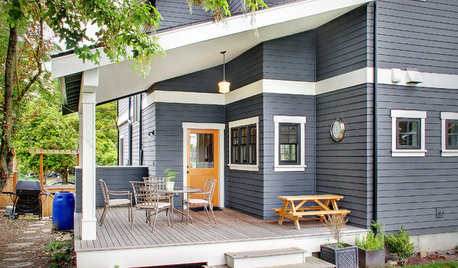
EXTERIORS5 Easy Tips for Choosing Your Exterior Paint Palette
Make your home the talk of the neighborhood — in a good way — with an exterior paint scheme that pops
Full Story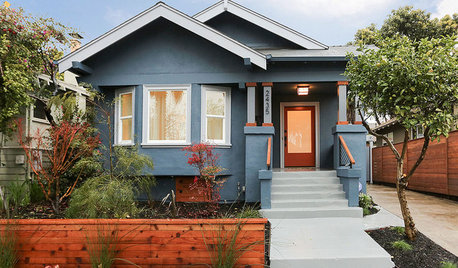
CURB APPEALHow to Get Your Home’s Stucco Exterior Painted
Learn what’s involved in painting a stucco exterior and how much this project might cost
Full Story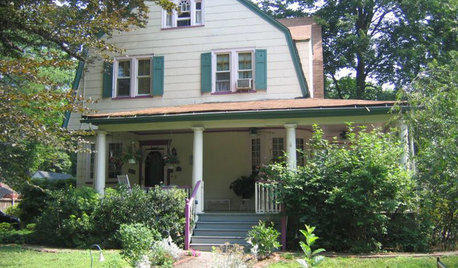
EXTERIORS13 Dramatic Exterior Paint Makeovers by Houzzers
See real-life before and afters of home fronts transformed with paint, in wide-ranging colors and styles
Full Story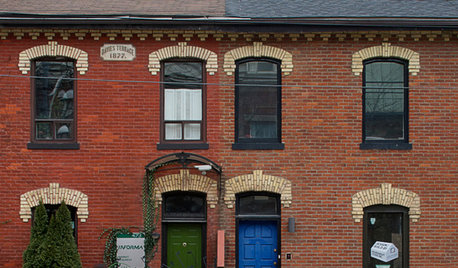
FRONT DOOR COLORSFront and Center Color: When to Paint Your Door Blue
Who knew having the blues could be so fun? These 8 exterior color palettes celebrate sunny-day skies to electric nights
Full Story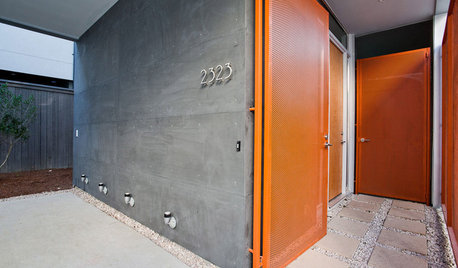
FRONT DOOR COLORSFront and Center Color: When to Paint Your Door Orange
Bring high energy and spirit to your home's entryway with a vibrant shade of orange on the front door
Full Story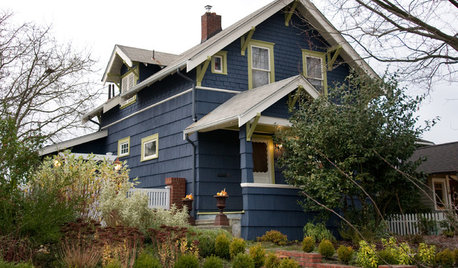
COLORExterior Color of the Week: Go Navy!
It’s daring and dramatic, but also a neutral. And it looks fantastic on almost any home
Full Story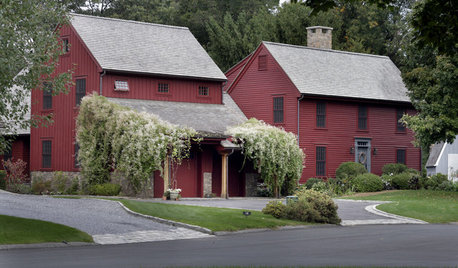
GREAT HOME PROJECTSReady to Repaint Your Home’s Exterior? Get Project Details Here
Boost curb appeal and prevent underlying damage by patching and repainting your home’s outer layer
Full Story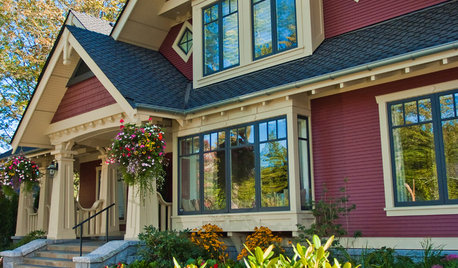
EXTERIOR COLORExterior Color of the Week: Rich, Fall-Friendly Reds
Look to the crimsons and burgundies of turning autumn leaves for a deep, captivating home color
Full Story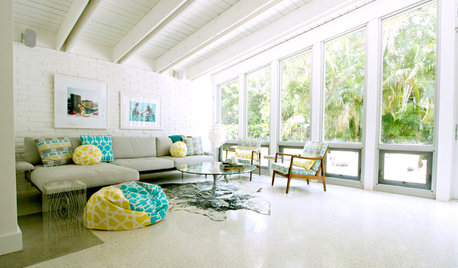
DECORATING GUIDESDesign Debate: Should You Ever Paint a Wood Ceiling White?
In week 2 of our debate series, designers go head to head over how classic wood ceilings should be handled in modern times
Full Story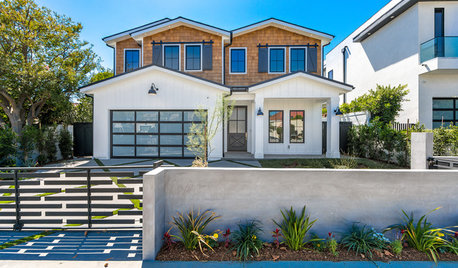
TRENDING NOW5 Home Exterior Trends on the Rise in 2019
The most popular exterior photos so far this year show mixed materials, farmhouse inspiration and inviting front porches
Full Story





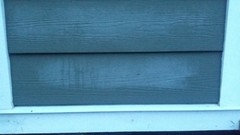



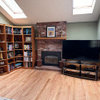
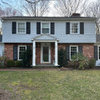
Michael